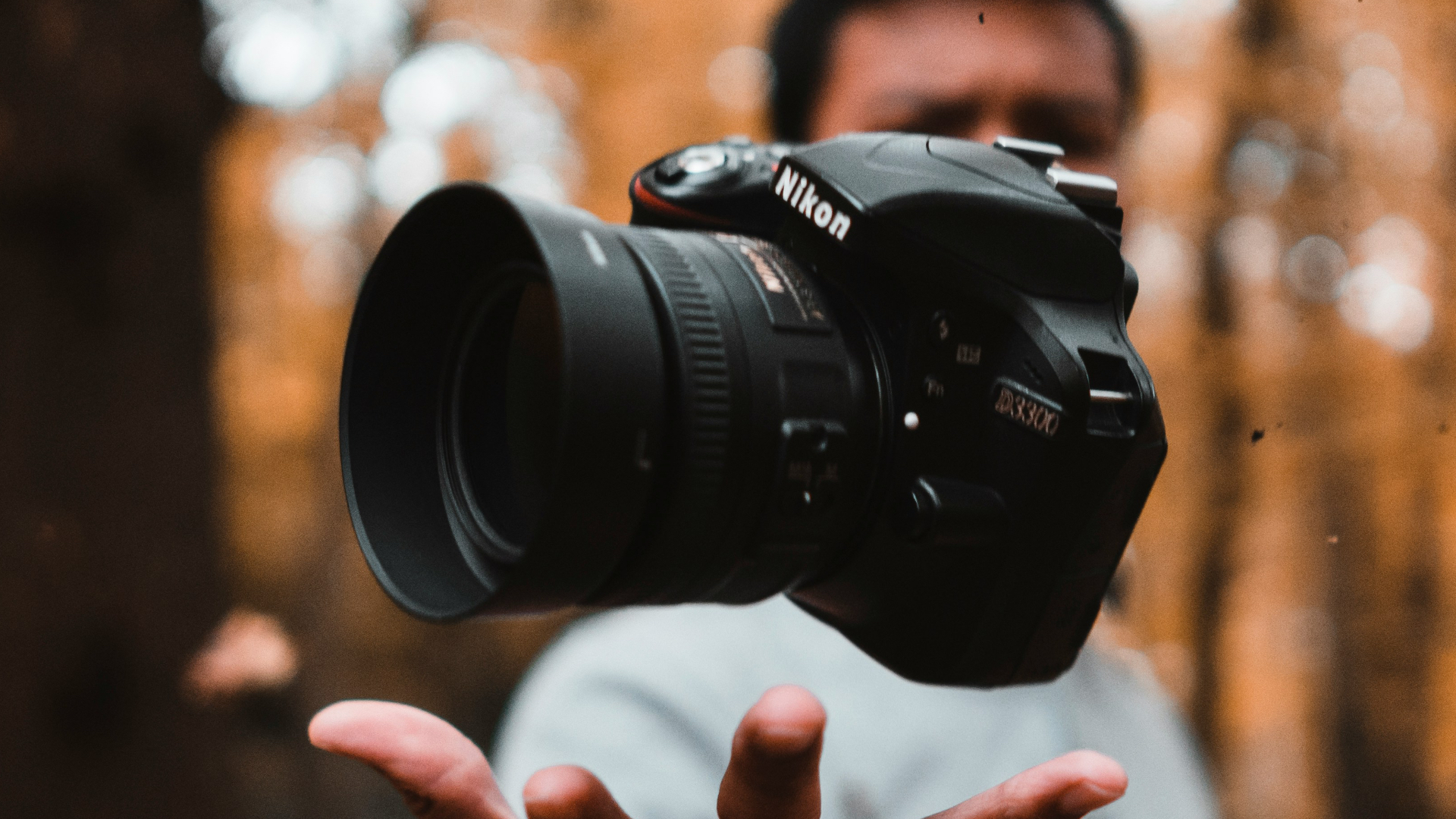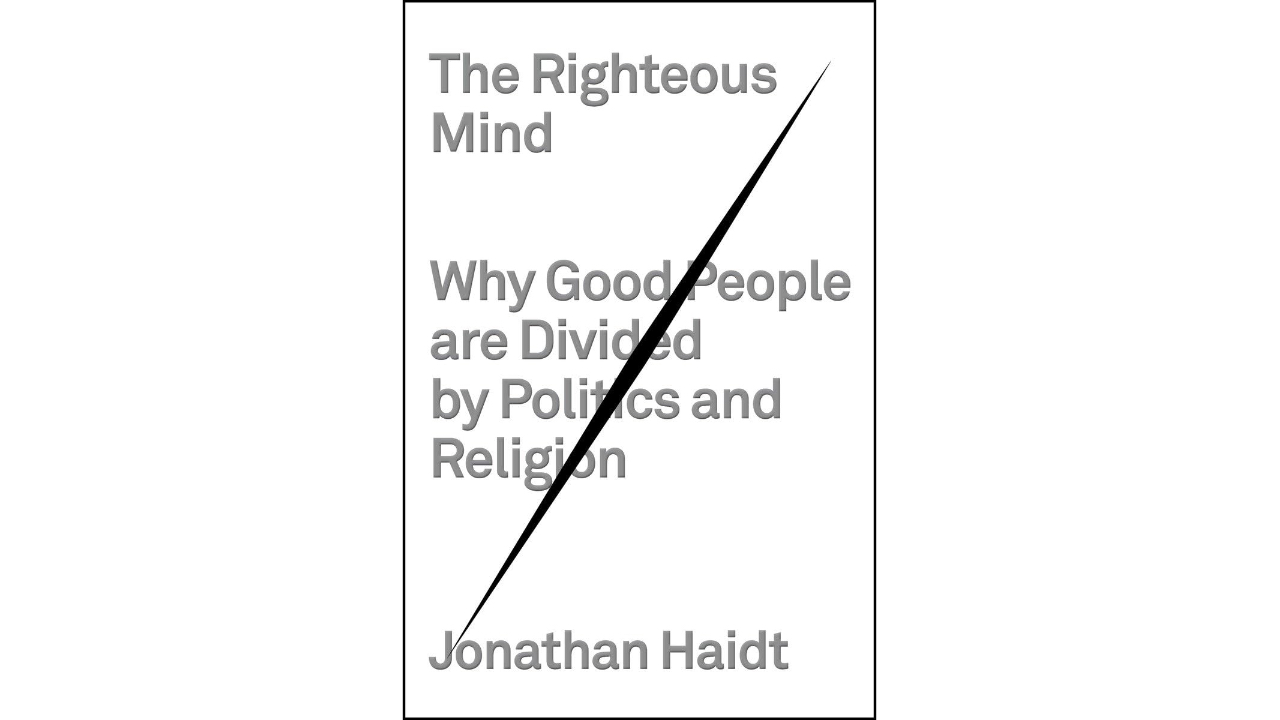Whether you’re a professional photographer or an enthusiastic hobbyist, having the best cameras can elevate your experience and capture moments that last a lifetime. With the rapid advancements in digital photography, choosing the perfect camera in 2024 can be a daunting task—but we’ve done the heavy lifting to help you decide.
Best Overall | Bang for Your Buck | Best on a Budget | Best for Beginners | Best for Content Creators |
|---|---|---|---|---|
Sony Alpha a6000 | Panasonic LUMIX G85 | KODAK PIXPRO FZ55-BK | Nikon D3200 | Sony Alpha ZV-E10 |
 |  |  |  |  |
The Sony Alpha a6000 is a mirrorless camera that punches far above its weight with a 24.3MP sensor, ultra-fast autofocus, and excellent image quality, all in a compact form factor. It’s the perfect combination of speed and quality. | The Panasonic LUMIX G85 offers a fantastic balance of performance and price, with a 16MP sensor, 4K video capability, and built-in dual image stabilization, making it a great value for any photographer. | The KODAK PIXPRO FZ55-BK is a no-frills, budget-friendly point-and-shoot camera that offers solid image quality, a 16MP sensor, and Full HD 1080p video at an unbeatable price. | The Nikon D3200 is a user-friendly DSLR that’s perfect for beginners, offering a 24.2MP sensor, full manual controls, and an intuitive interface that helps new photographers learn the ropes. | The Sony Alpha ZV-E10 is designed with content creators at the forefront. Its lightweight design, advanced autofocus, and 4K video recording make it ideal for vloggers and influencers. |
What Is a Camera?
A camera is a device used to capture images, either as still photographs or as sequences of moving images (video). Modern cameras are equipped with sensors to convert light into digital data, resulting in clear, high-quality images. Cameras come in a variety of shapes, sizes, and technical capabilities, making them a versatile tool for both amateur and professional use. With the right camera, you can freeze a moment in time, creating memories that can be shared and preserved for generations.
Why Buy a Camera?
While smartphones have made it easier than ever to take photos, there are still many reasons to invest in a dedicated camera. First, the image quality from a standalone camera—especially DSLRs and mirrorless models—far surpasses that of a smartphone, offering superior lenses, larger sensors, and higher resolution. These features become especially valuable for professionals or enthusiasts who require detailed images for print or high-quality video.
Additionally, dedicated cameras provide greater creative control. From manual settings to interchangeable lenses, advanced autofocus systems, and a wide range of shooting modes, cameras allow you to fine-tune your photography. If you are serious about capturing fast-moving subjects, shooting in low light, or achieving professional-level results, a dedicated camera is the best tool for the job. Plus, cameras are designed with ergonomics in mind, making them more comfortable to use over extended periods, especially for long shoots.
Cameras: What to Look For
Before purchasing a camera, consider these essential features to help make the best choice:
Best Overall: Sony Alpha a6000
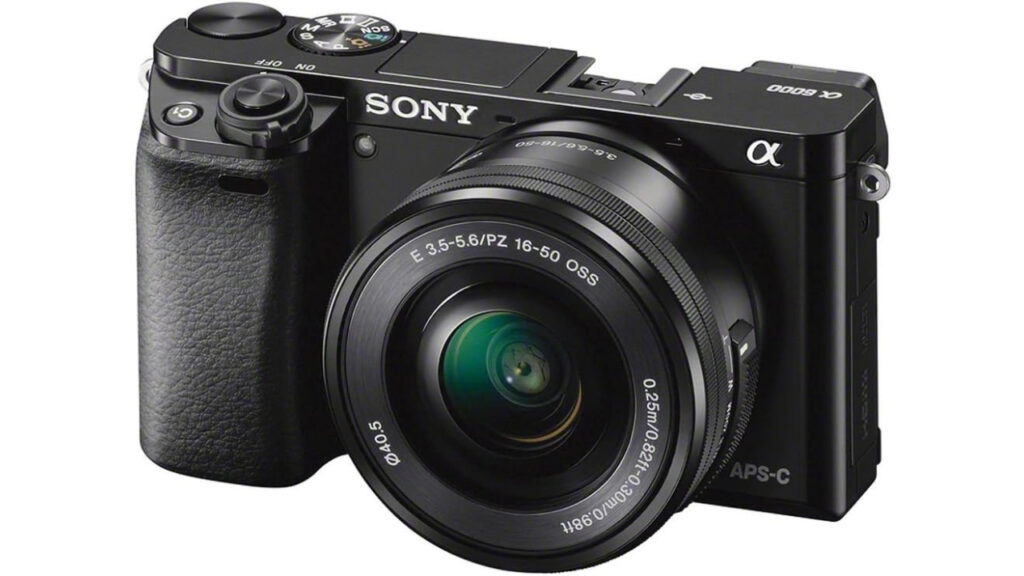
Image credit: Sony
Pros:
Con:
Sony’s Alpha a6000 has earned its place as the best camera overall for several reasons. First, its impressive 24.3MP APS-C CMOS sensor delivers stunning, high-resolution images with rich detail and vibrant colors. This camera is ideal for professionals who need quality in a compact form, as well as enthusiasts looking to upgrade from a smartphone or point-and-shoot camera. The advanced autofocus system with 179 phase-detection points ensures that you can capture fast-moving subjects with precision and clarity, making it perfect for action photography or candid moments.
Despite being released several years ago, the a6000 remains a top contender in its class. It shoots at up to 11 frames per second, allowing you to capture multiple shots in the blink of an eye. Its compact design, weighing in at about half the size of a typical DSLR, is perfect for photographers on the go. Whether you’re shooting landscapes, portraits, or sports, the a6000 delivers top-tier performance with ease of use that makes it a standout choice.
Bang for Your Buck: Panasonic LUMIX G85

Image credit: Panasonic
Pros:
Con:
The Panasonic LUMIX G85 is an excellent option for those seeking a powerful camera without breaking the bank. Its 16MP micro four-thirds sensor may not have the same resolution as some competitors, but it compensates with fine detail performance and the absence of a low-pass filter. This results in a near 10% boost in detail, making it perfect for both stills and video. With the LUMIX G85, you’re also getting 5-axis in-body image stabilization, which significantly reduces blur caused by handheld shooting, even in low light.
One of the standout features is its 4K video recording, making it a go-to option for content creators or anyone looking to dabble in videography. The compact, mirrorless design means it’s easy to carry around for extended shoots or travel. Overall, the LUMIX G85 packs an impressive feature set for the price, giving you fantastic versatility without compromising quality.
Best on a Budget: KODAK PIXPRO FZ55-BK
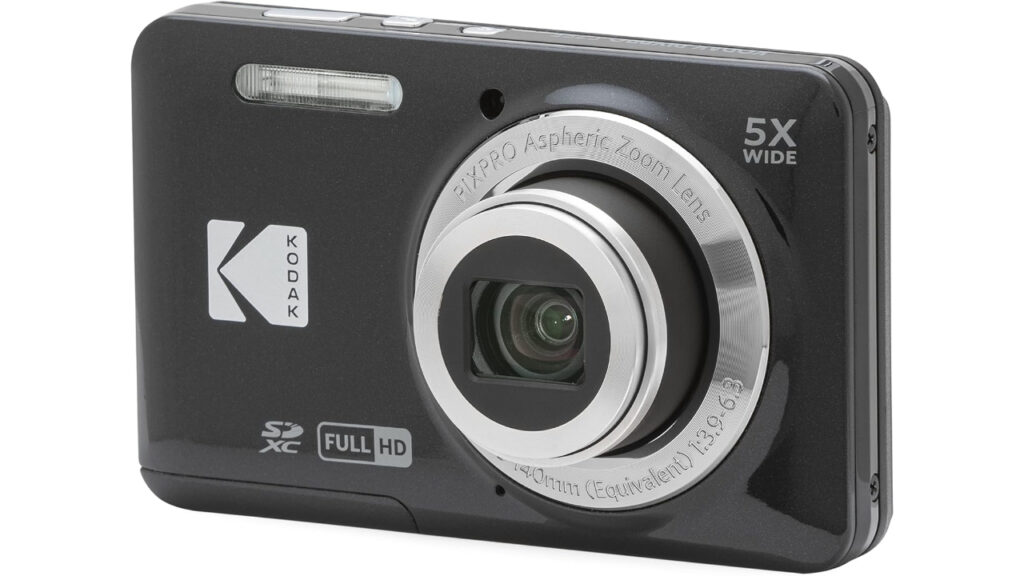
Image credit: KODAK
Pros:
Con:
The KODAK PIXPRO FZ55-BK is an ideal camera for those on a budget who still want decent image quality. Its 16MP CMOS sensor delivers respectable photos, while the 5x optical zoom lens ensures you can capture subjects both near and far with clarity. For a point-and-shoot, it’s incredibly portable, making it a perfect choice for casual photographers who need something lightweight and easy to carry.
Despite its affordability, the FZ55 also supports 1080p Full HD video recording, making it a versatile option for vlogging or capturing quick family videos. While it doesn’t offer the advanced manual controls of pricier models, the simplicity of its design and one-touch functionality makes it a user-friendly choice for beginners or anyone looking for a reliable, budget-friendly option.
Best for Beginners: Nikon D3200
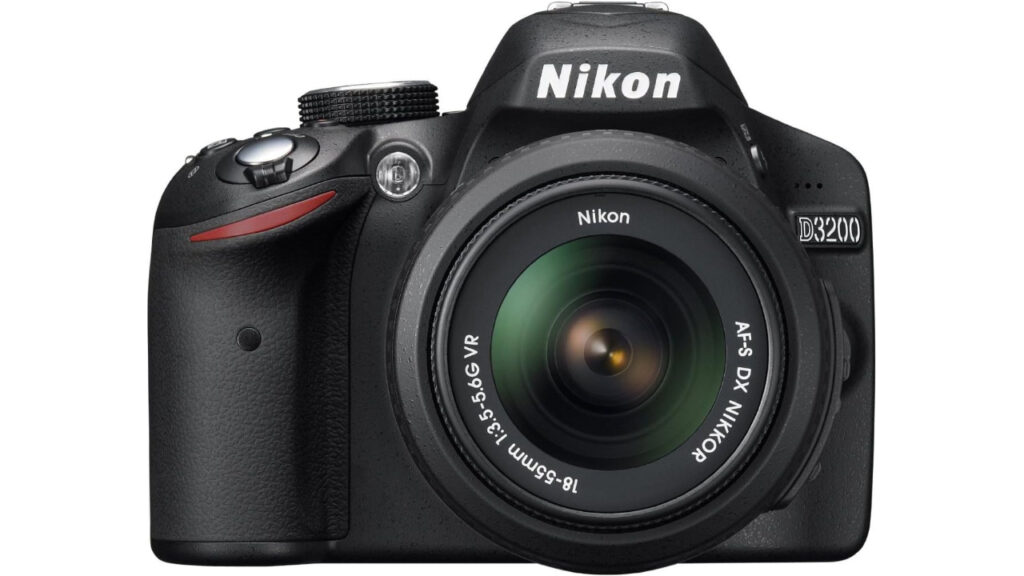
Image credit: Nikon
Pros:
Con:
The Nikon D3200 is the ultimate DSLR for beginner photographers. Its 24.2MP sensor provides stunningly detailed images, rivaling more expensive models, while the user-friendly interface makes it simple to pick up and start shooting. Nikon’s Guide Mode walks you through various shooting scenarios, explaining settings and helping you improve your skills as you go.
For beginners who want to dive deeper into photography, the D3200 offers full manual controls, giving you the ability to experiment with different settings like shutter speed, aperture, and ISO. While it may lack some of the more advanced features of pricier models, such as Wi-Fi connectivity, it’s an excellent starting point for anyone looking to improve their photography skills without being overwhelmed by complexity.
Best for Content Creators: Sony Alpha ZV-E10
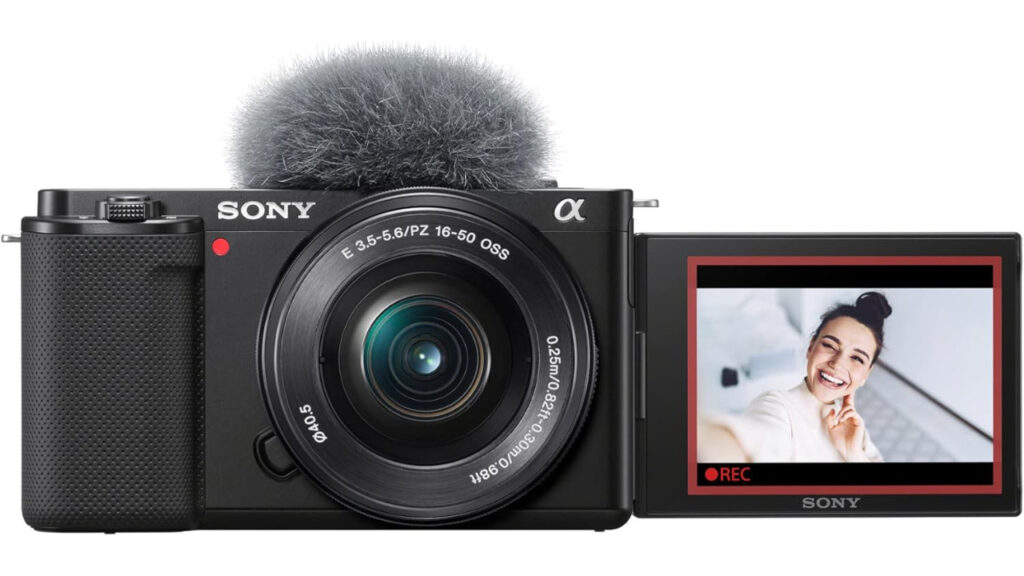
Image credit: Sony
Pros:
Cons:
The Sony Alpha ZV-E10 is designed with content creators at the forefront. Its lightweight design, advanced autofocus, and 4K video recording make it ideal for vloggers and influencers. Sony’s product showcase mode is a standout feature, enabling creators to smoothly highlight products on camera with ease. The camera also excels in real-time Eye Autofocus and object tracking, ensuring your subjects stay sharp even during dynamic shooting. It has a fully articulating screen that flips out, making it easier to vlog and frame yourself during recordings.
Audio is a key focus as well, with a high-quality built-in directional microphone that captures clear sound, even in noisy environments. Despite lacking in-body stabilization (IBIS), which may require a tripod or gimbal for certain shots, the camera’s portability and creative shooting modes make it an excellent companion for content creators who value both convenience and professional-level video quality.

